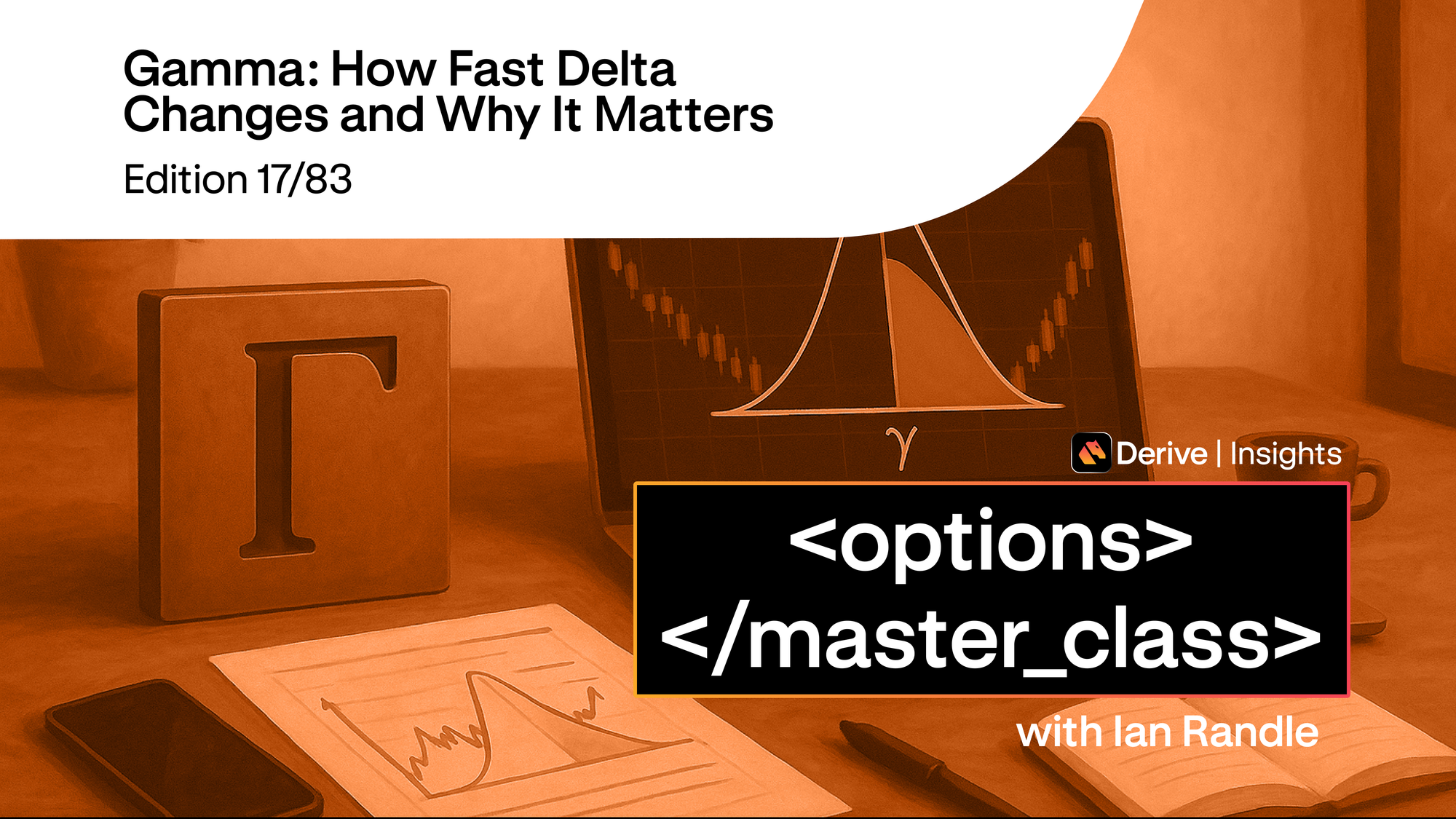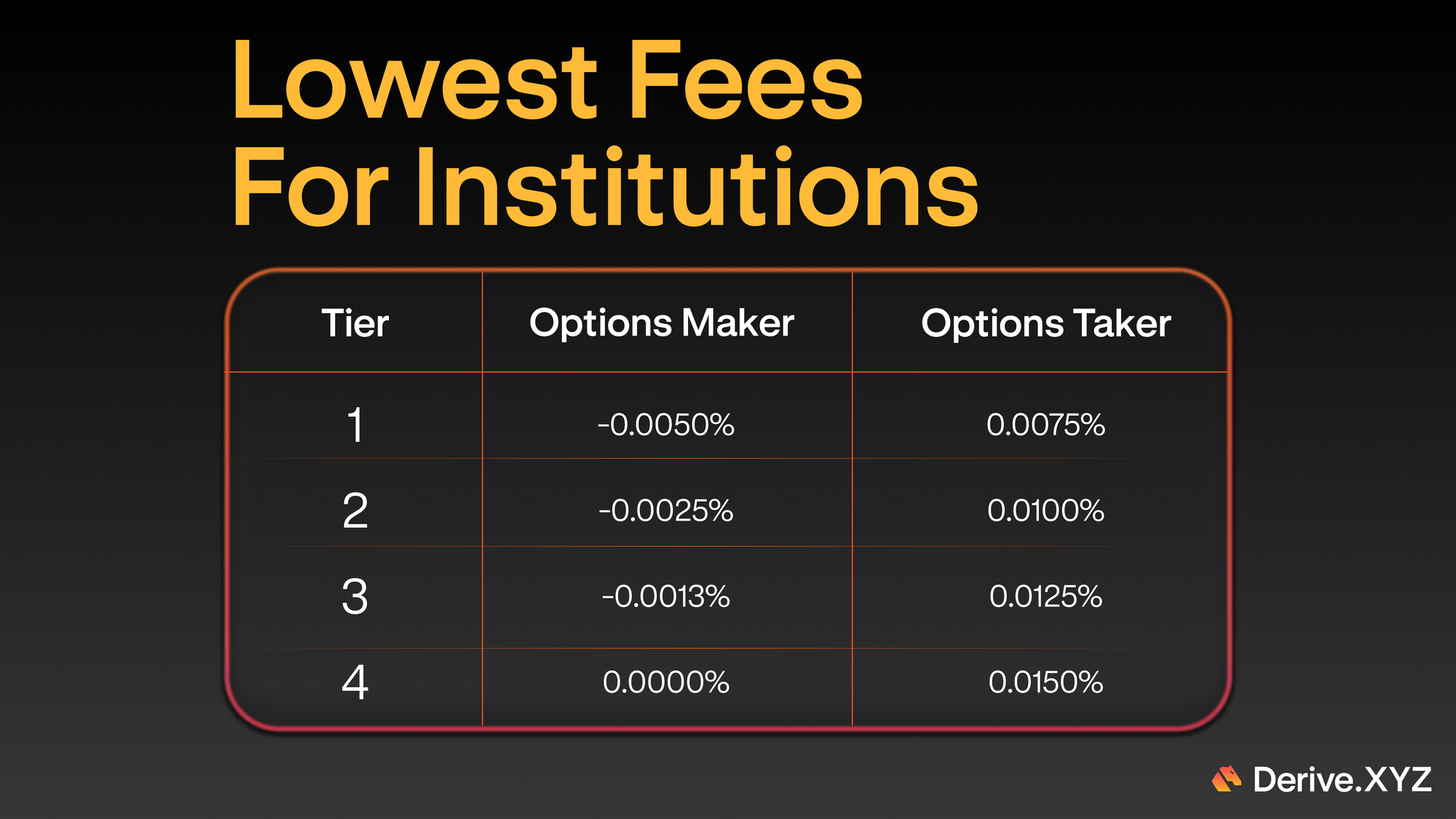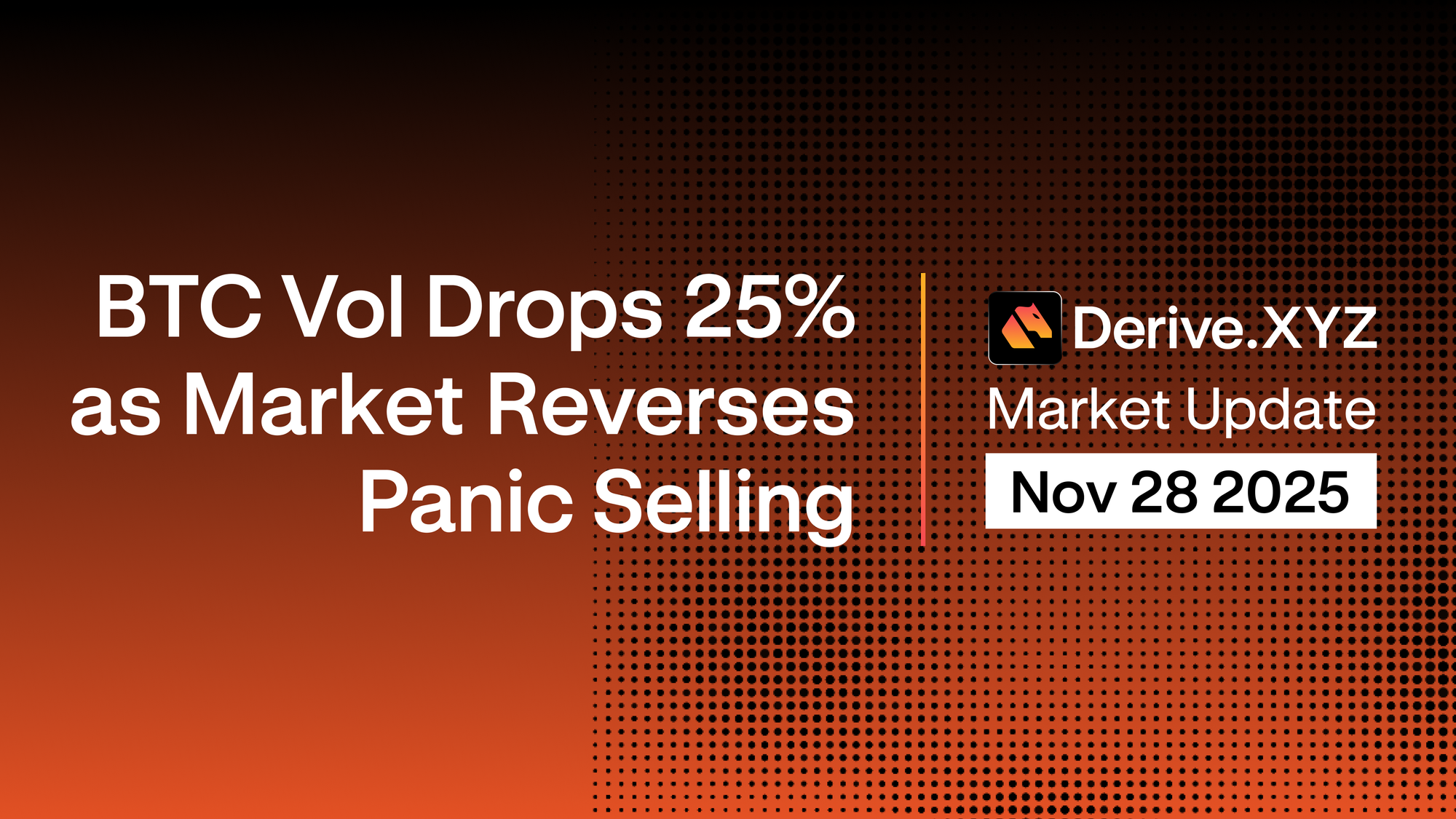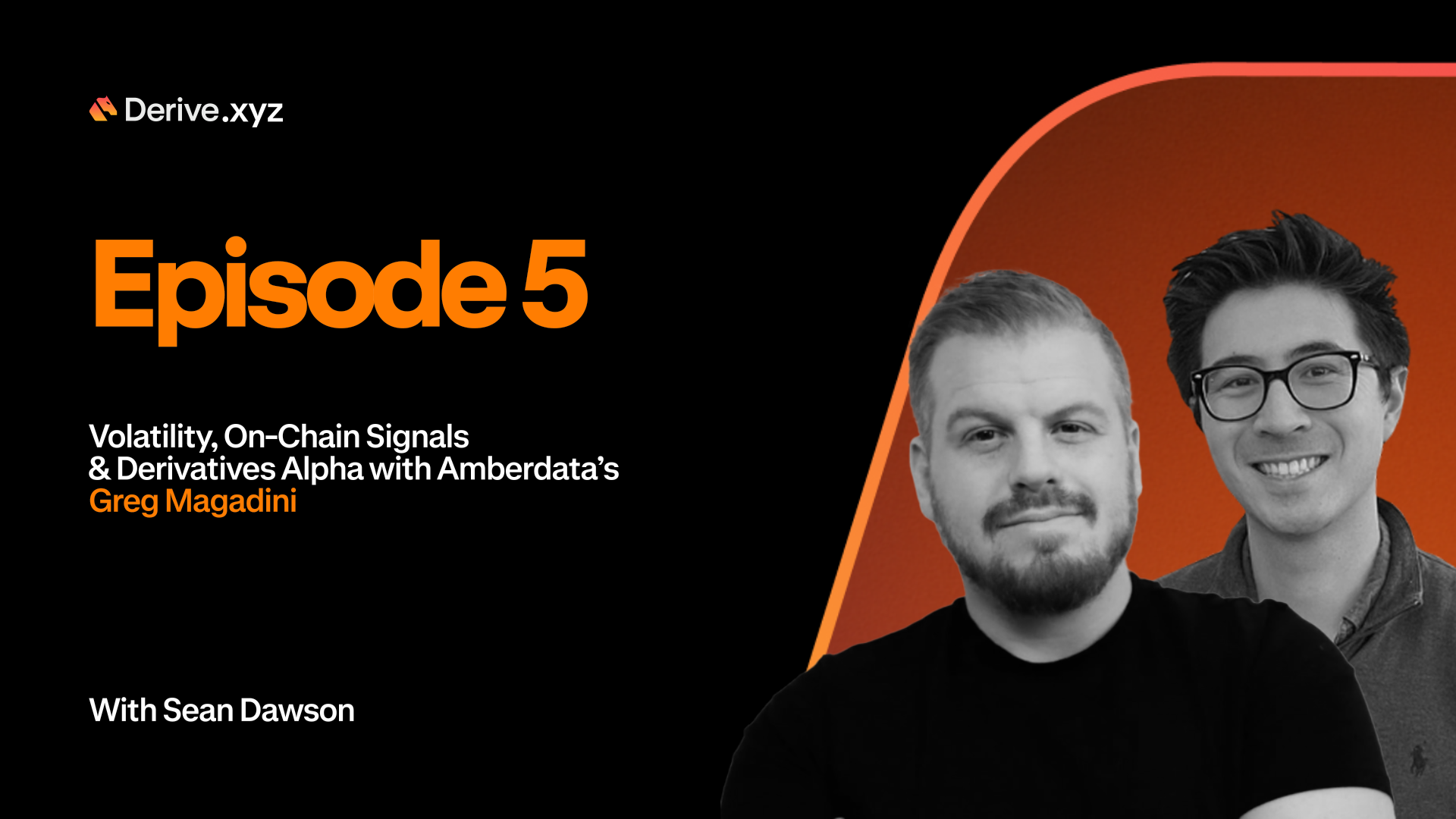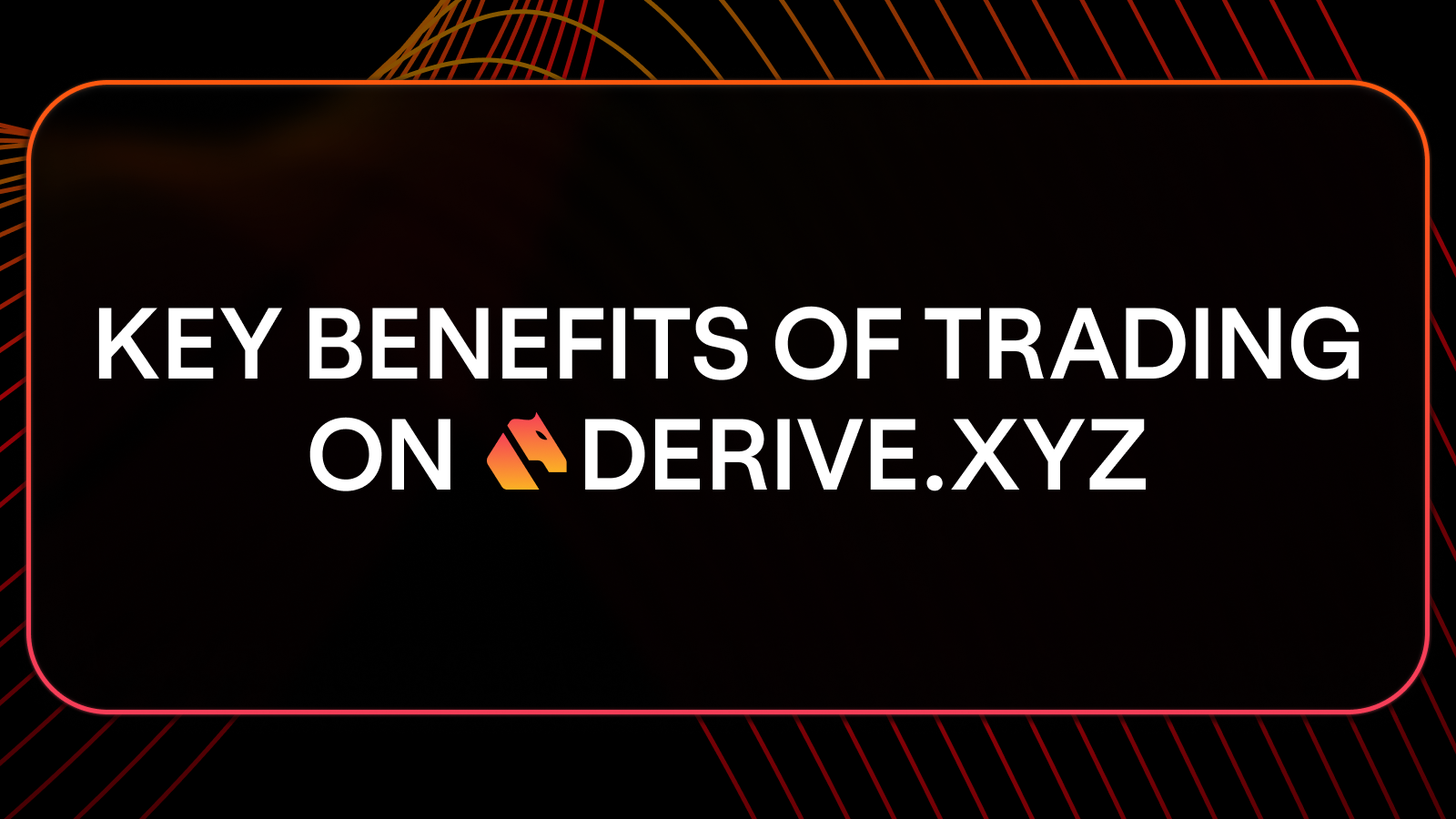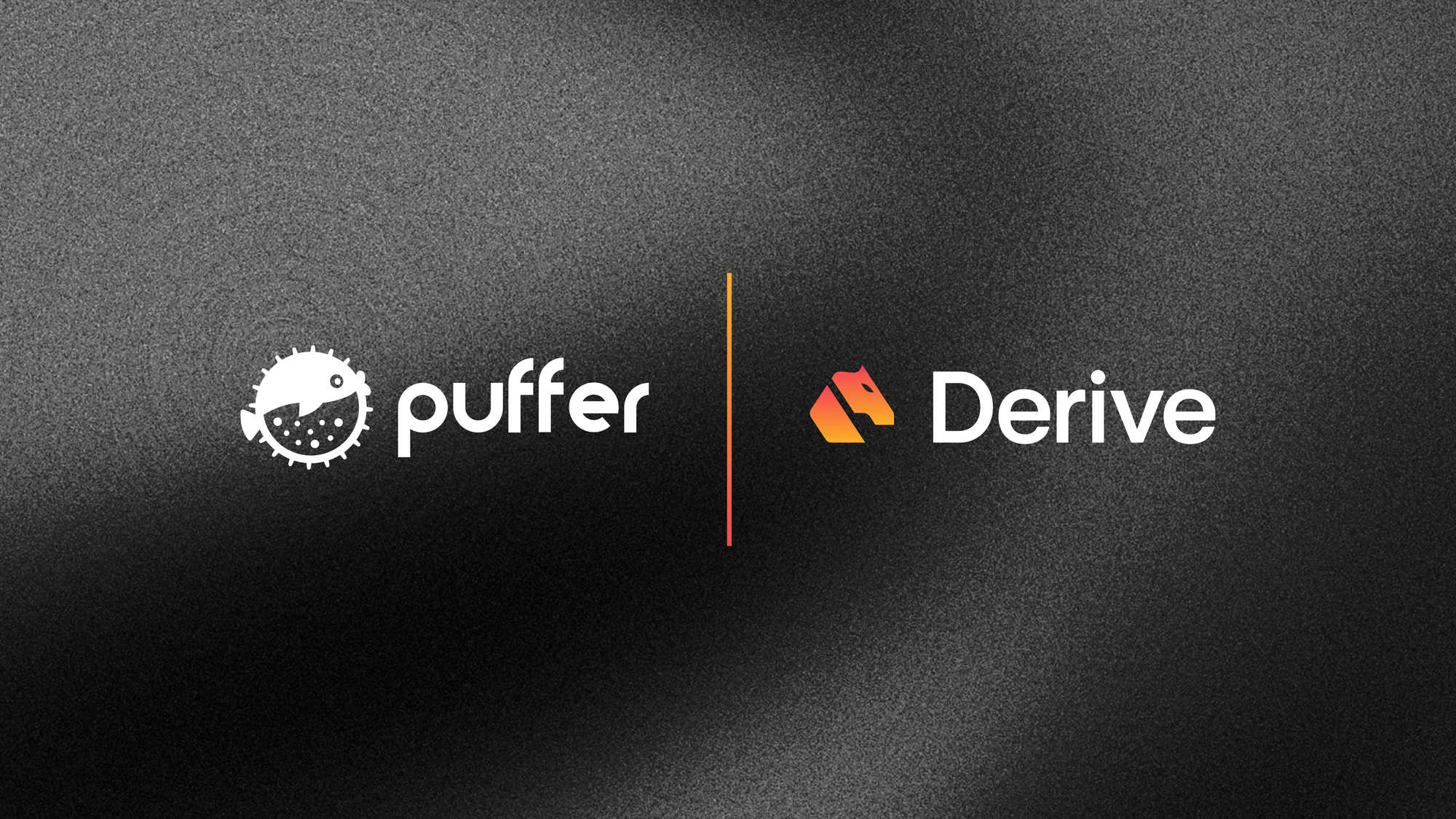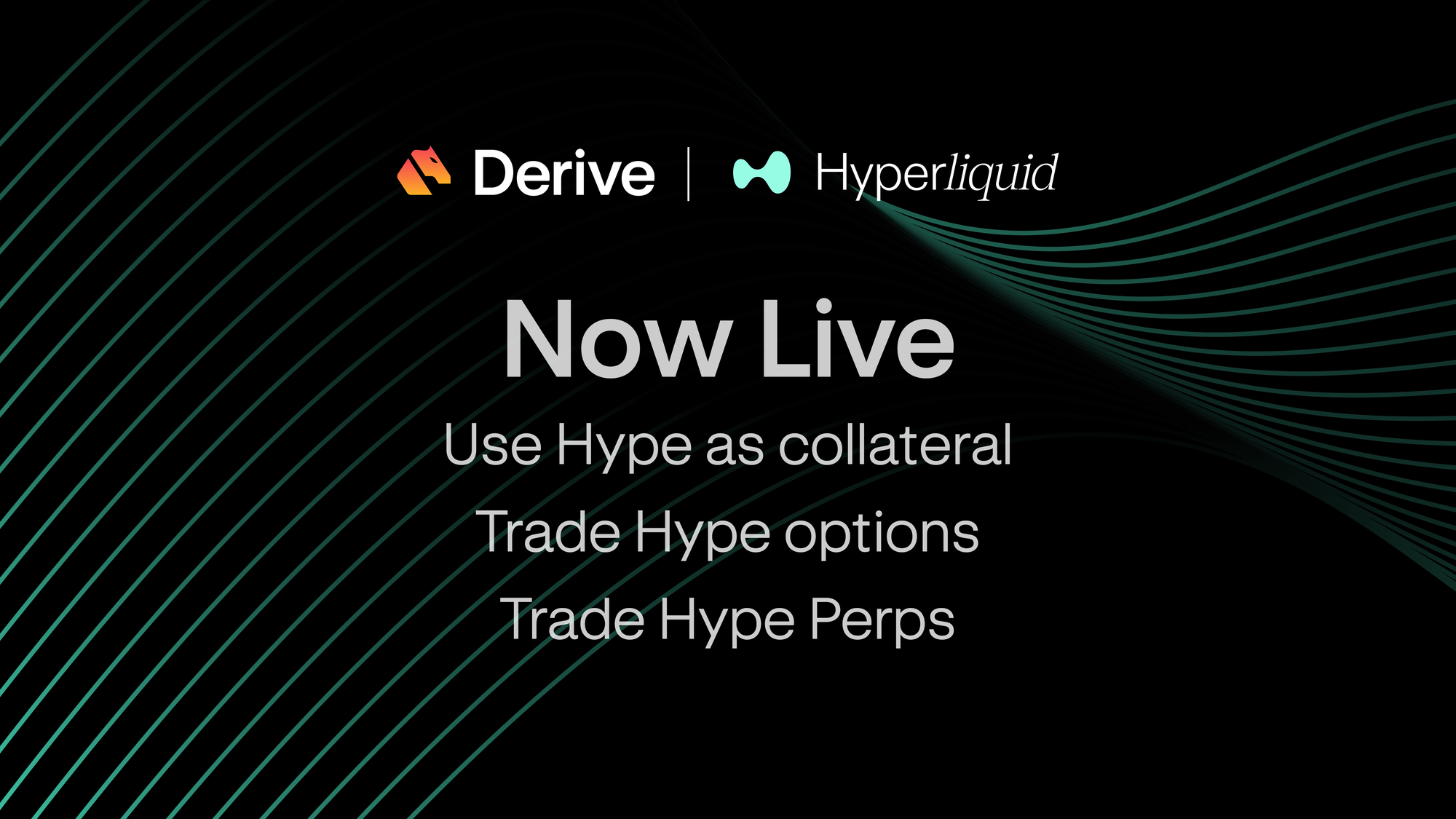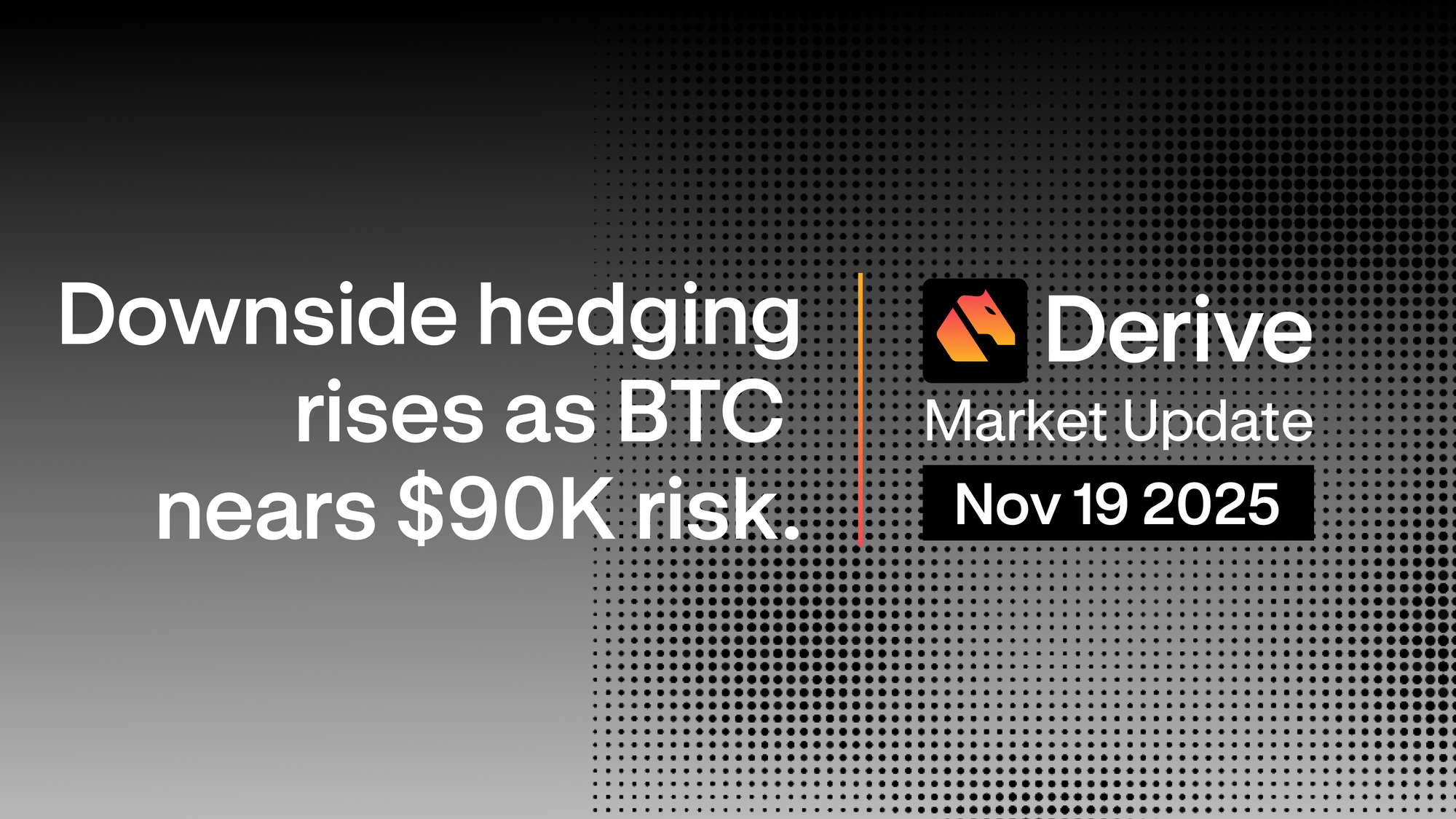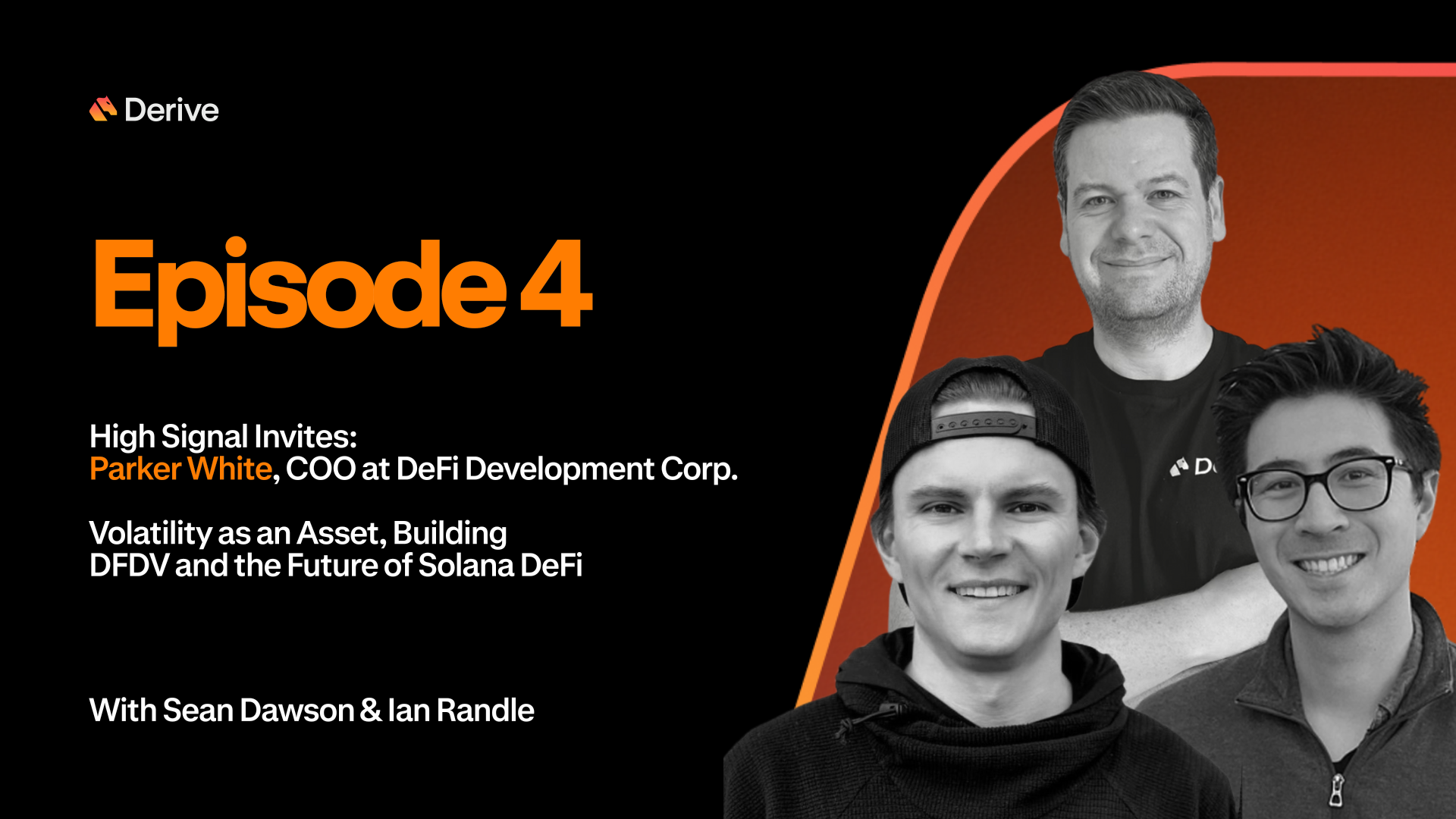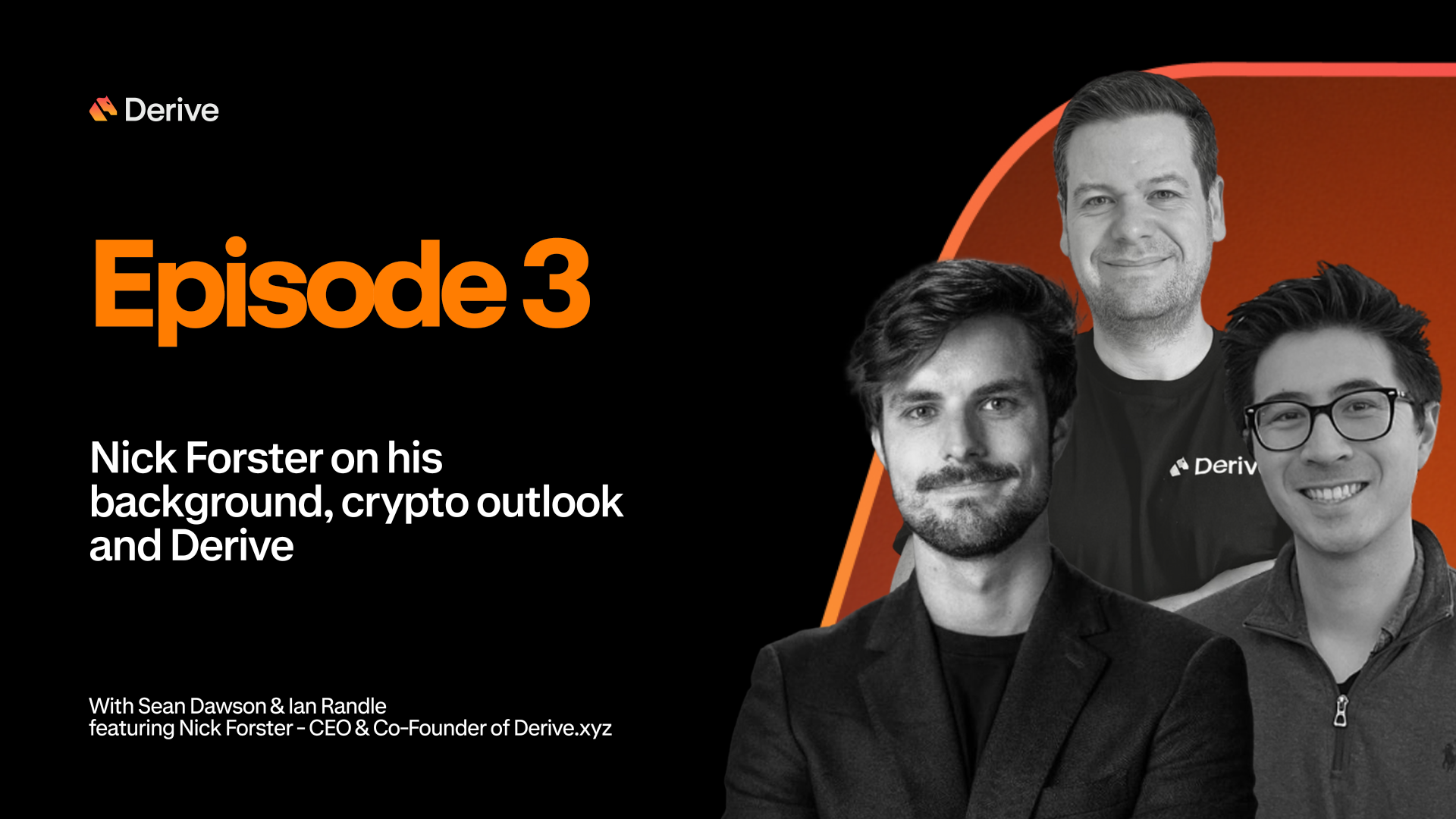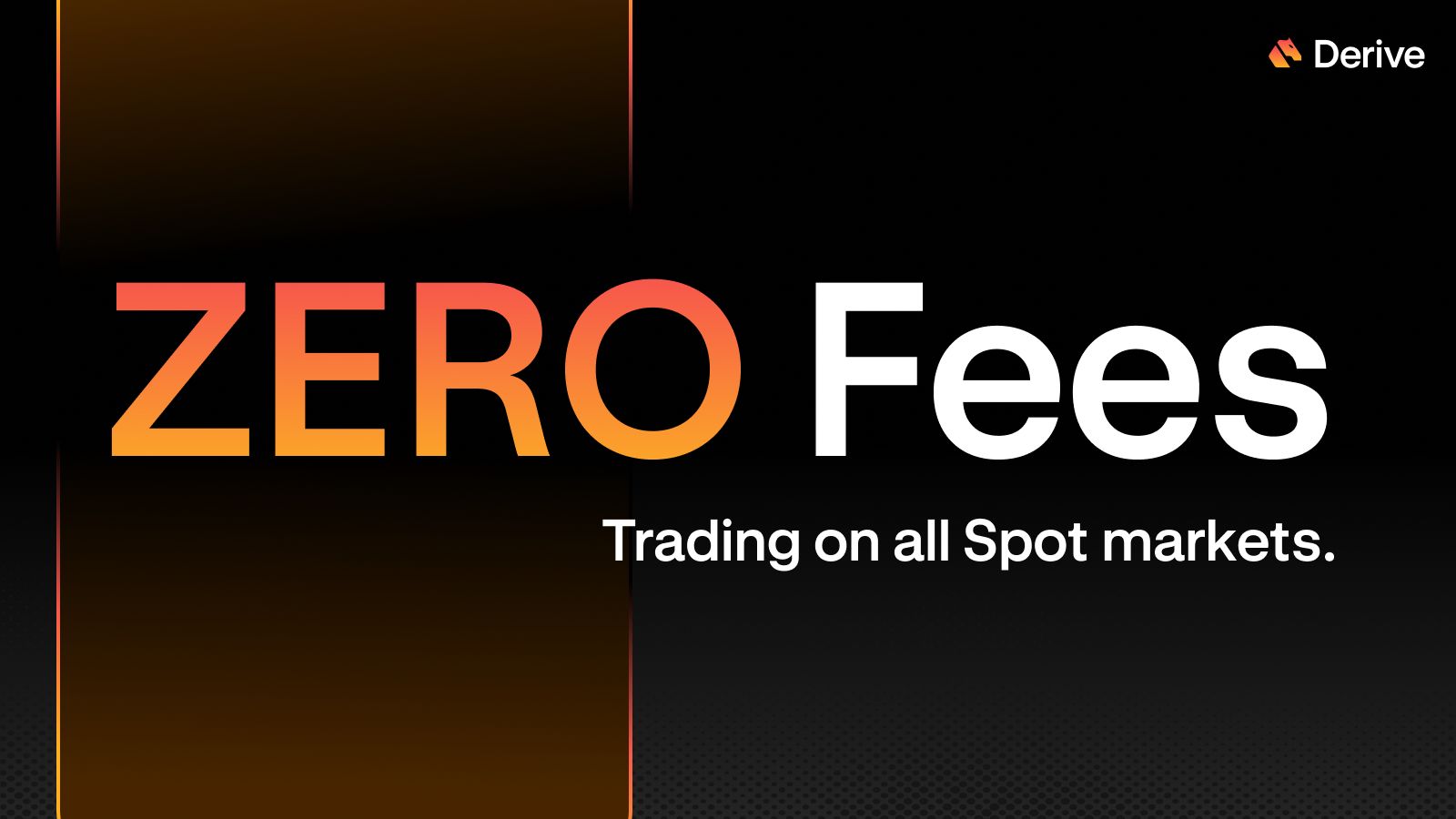You are not just managing direction. You are managing how fast direction changes.
In Day 16, we introduced Delta hedging, adjusting your position to stay neutral as the market moves.
But Delta does not stay still.
It changes as price changes.
That rate of change is called Gamma.
Understanding Gamma helps you anticipate how your risk profile will shift as the market moves.
What Is Gamma
Gamma measures how much Delta changes when the underlying asset moves by one unit.
- If you have high Gamma, your Delta changes quickly
- If you have low Gamma, your Delta is more stable
Gamma is highest for at-the-money options near expiry.
It is lowest for deep in-the-money or far out-of-the-money options, and for longer-dated contracts.
Why Gamma Matters
If you are Delta hedging, Gamma tells you how often you need to adjust.
- High Gamma means frequent rebalancing
- Low Gamma means stable Delta exposure
Traders with large Gamma exposure may see Delta swing rapidly with price moves.
They must act quickly or risk directional losses.
Long Gamma vs Short Gamma
Long Gamma
- Comes from buying options
- You benefit when price moves a lot
- Delta shifts in your favor
- You are more likely to profit from big moves
Short Gamma
- Comes from selling options
- You lose if the market moves too far
- Delta shifts against you
- You must hedge more aggressively as price moves
Knowing your Gamma exposure tells you what kind of risk you are really carrying.
Gamma and Volatility
Gamma exposure also increases your sensitivity to volatility.
- High Gamma means more convexity. Small changes in price have a bigger effect on your PnL
- Long Gamma positions gain value as volatility increases
- Short Gamma positions become more dangerous when the market is unstable
On Derive
- Gamma is visible per option and per position
- You can monitor it in the Greeks panel
- Subaccounts help you isolate and manage Gamma-heavy trades
- Understanding Gamma helps you anticipate risk before it accelerates
Your Action Today
- Choose an at-the-money option close to expiry
- View its Gamma value
- Watch how the Delta shifts as price moves
- Compare it to a longer-dated or far out-of-the-money option
- Think about how this affects your hedging and trading strategy
Tomorrow, we introduce Vega and how implied volatility drives premium value.
Coming tomorrow:
Day 18 – Vega: How Volatility Impacts Option Prices
Hasta manana
Cpt




